
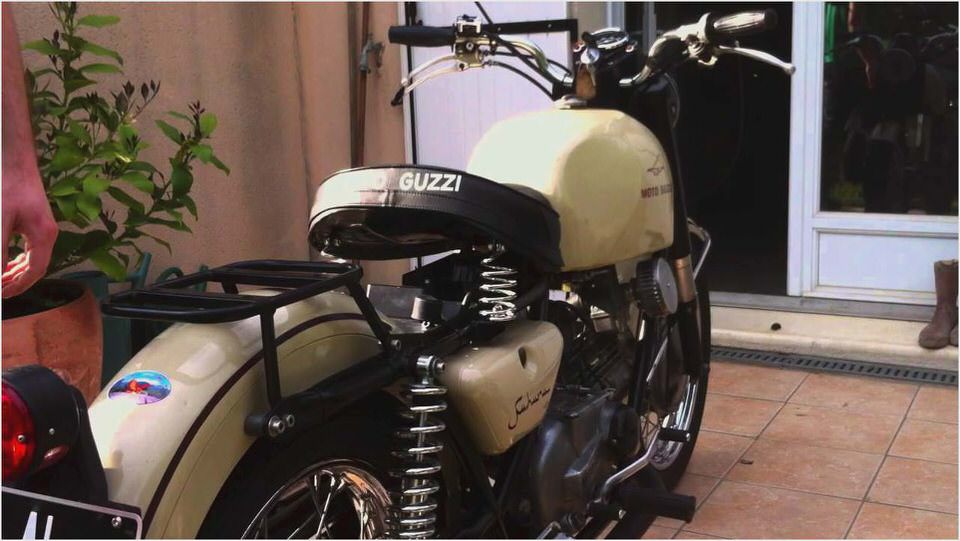
2013 Moto Guzzi V7 Racer | Review
2013 Moto Guzzi V7 Racer Test
When Moto Guzzi updated its 1200cc motor, giving it four valves and an overhead cam in each head, we cheered the improvement. As effectively evocative as it may be visually, the air-cooled transverse V-twin motor was getting long in the tooth and the performance gap was beginning to get disturbingly high. The Norge, Stelvio, and Griso all benefited from the surge of technology.
Although the 2013 version of the Moto Guzzi V7 engine still retains the basic two-valve pushrod design, the upgrades (annoyingly, Europe got them last year) to the venerable air-cooled powerplant are clearly of substance. Doubtlessly, Giulio Cesare Carcano and Lino Tonti, who collaborated on the original 1967 design, would still recognize the engine as theirs.
Previous V7 iterations had lots of torque, but lacked the ability to rev quickly. A fine ride was still easily obtained, as most owners of the retro-style motorcycle were understanding of its limitations. Still, one couldn’t help but wish for a bit more excitement when the throttle gets a twist.
Thumbing the starter switch assures you that the upgraded motor has lost none of its characteristic charisma. It still fires up with an alacrity rivaled only by Harley-Davidson’s own iconic V-twins. A new single throttle-body/twin-injector system from Marelli means the choke-like fast idle switch is a thing of the past – the new V7 settles into an assured idle, like any properly fuel-injected machine.
Once underway, the new V7′s power – created by an all-new top-end – establishes itself instantly in two ways. First, the modestly oversquare 744cc motor revs more freely, so you pull away from stops with increased urgency. Second, there is simply more force flowing.
Moto Guzzi claims a 10-percent increase in peak torque, which, importantly, comes 800 rpm sooner. Similarly, there are a couple of extra horses on top, and they arrive 600 rpm earlier than before. It’s that focus on more power earlier that peps the motor up noticeably.
In a world of 200-horsepower superbikes, these are unquestionably small numbers. However, in the real-life arena of police-patrolled roads of sometimes-dubious quality and sightlines, there is a case to be made that the V7 Racer has more than enough power to enjoy a sprint between cafes.
Make no mistake about it – the V7 Racer is no racer. The “race” part of the equation is the styling and, to a lesser extent, the ergonomics. With a huge chrome fuel tank that elegantly carries nearly six gallons, it recalls it predecessors – endurance competitions in the 1970s, including the 24 Hours of Le Mans and the 500 Kilometers of Monza.
The competition theme is accented by the Racer’s low bars – not quite clip-ons, thankfully – that put you in an aggressive posture without causing pain to your neck or wrists. Slightly rearset pegs are also conservatively positioned, keeping your knees from complaining on all but the longest stints in the comfortably Spartan solo saddle.
Weighing in at 395 pounds at the curb with an empty tank, according to Moto Guzzi, the V7 Racer is absolutely lighter than it looks. New aluminum rims – still a non-standard 18-inch front and narrow 130mm rear 17-incher – have reduced the effort required to make direction changes. Regardless, the Racer is more stable than agile in corners.
For best results, set your line, and stick to it. If you know the road, you will do quite well.
Mid corner corrections are discouraged, and it will require a bit of muscle to get your way when that unexpected decreasing radius turn shows up. It can be done, but don’t expect any sort of quick response from the chassis. Fortunately, the Pirelli Sport Demon tires hold their own, as does the versatile well-damped, non-adjustable suspension.
When straight-lining, the V7 Racer is unflappable up to its top speed just north of 100 mph (though the speedo optimistically reads up to 140 mph).
The same sort of wishful thinking is found in the tachometer, which stands ready to measure engine speeds to 10,000 rpm. Moto Guzzi has a hard rev limiter that kicks in at 7000 rpm, and peak horsepower happens 800 rpm sooner, so there is lots of wasted clock sweep.
That’s all fine, as the peppy V-twin gets its first boost around 3000 rpm and again at 5000 rpm, where the torque peaks at 43 ft/lbs. When all is said and done, you will want to shift by 6250 rpm; above that, the V7 powerplant is sending some harsh vibes through the chassis. Shift the five-speed early, but not too early, for the best performance.
Shifting on the V7 Racer is mixed. The throw from 1st to 2nd gear is monumental, and unless you are very deliberate and move your left boot a long way, you will click into neutral. After that, the gaps between gears are more manageable, which improves acceleration.
Be careful when downshifting, especially back into first, as there is no slipper clutch and the 10:1 compression ratio can halt the progression of the 80mm piston as it overmatches the Sport Demon rubber.
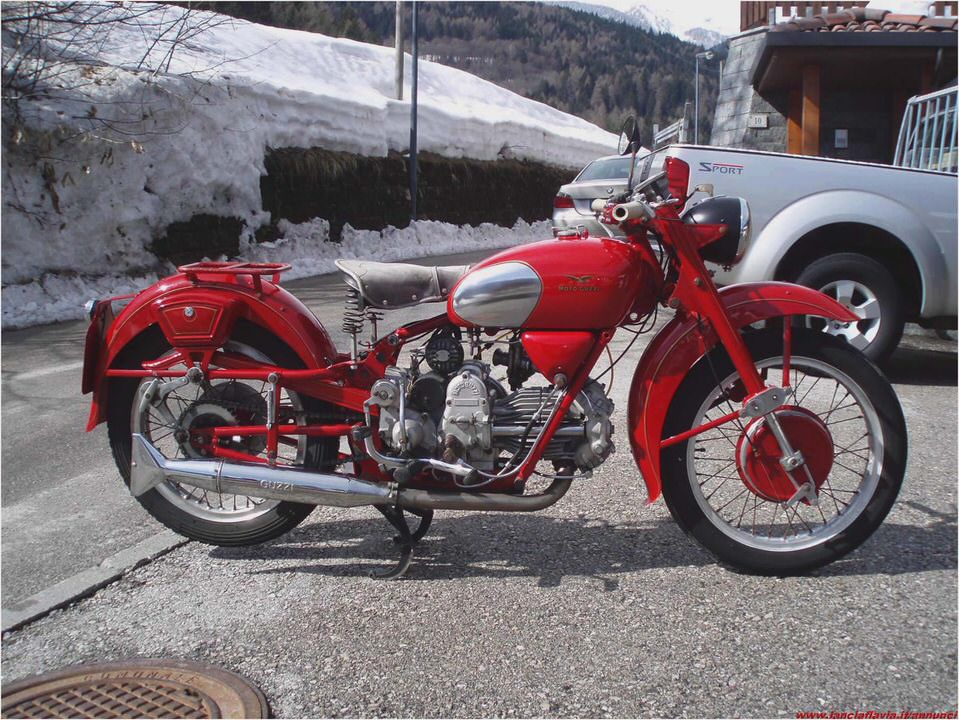
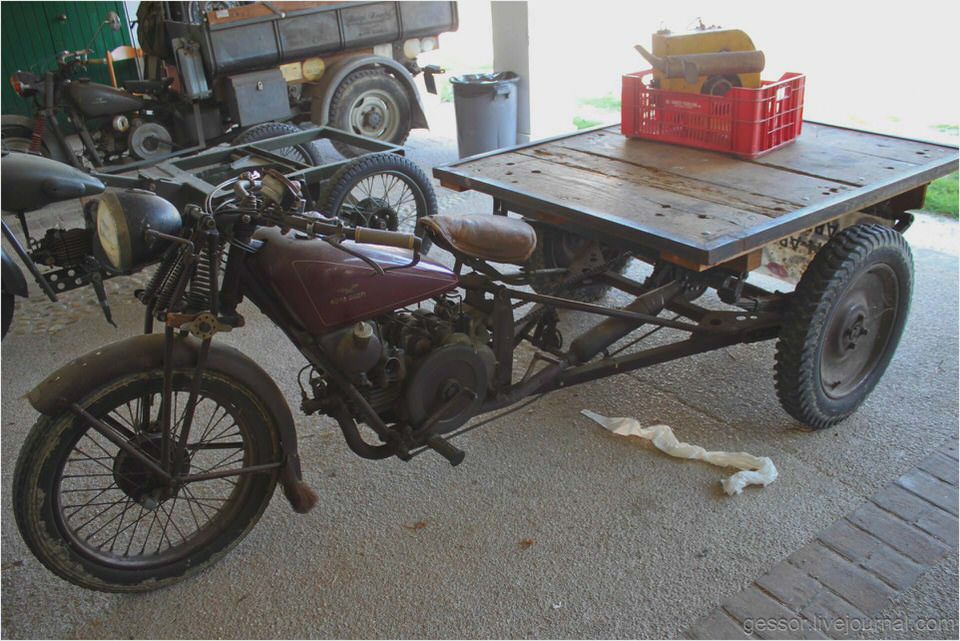
Don’t expect much from the brakes. The rear 260mm disc has a two-piston caliper, and there is only a single 320mm front disc. Yes, that’s a four-piston Brembo caliper, but you don’t get anything like radial mounting, ABS, or stunning performance.
The brakes are serviceable, and those looking for harder deceleration will want to experiment with more aggressive pads.
Riding the V7 Racer successfully is about riding smooth. Carry decent corner speed, make use of the low-end torque, pick a good line and enjoy its stability.
Keep an eye on the speedometer and one of two things will happen. You’ll either be disappointed at how slow you’re going, or you will be thrilled that you can get so much fun at lower velocities and without mortal threats to your license.
While you won’t overtake someone on a straightaway, the crafty Racer can surprise muscle-bound competitors in the corners – the tighter the better, unless you are up against a supermoto bike.
On the freeway, you can still find reasonable acceleration at 80 mph should you need to get out of an unpleasant situation. Below 80, roll-on power is more than adequate. If commuting is on your agenda, the V7 Racer will get you to work in style.
Once parked, be aware that the Racer is an attention-provoking machine. The chrome tank with the leather strap holding it on, the bright red frame, the number plates emblazoned with #7, and distinctive V-twin motor prompt admiration from fellow riders, as well as multiple questions and laudations from non-motorcycling passersby.
Not a motorcycle for everyone by any means, the 2013 Moto Guzzi V7 Racer is for the self-aware, self-confident enthusiast who understands the appeal of abundant fun over extreme performance. You might not get to the next stop first, but you won’t want to swap motorcycles with anyone once you get there.
Photography by Don Williams
Other articles you will enjoy:
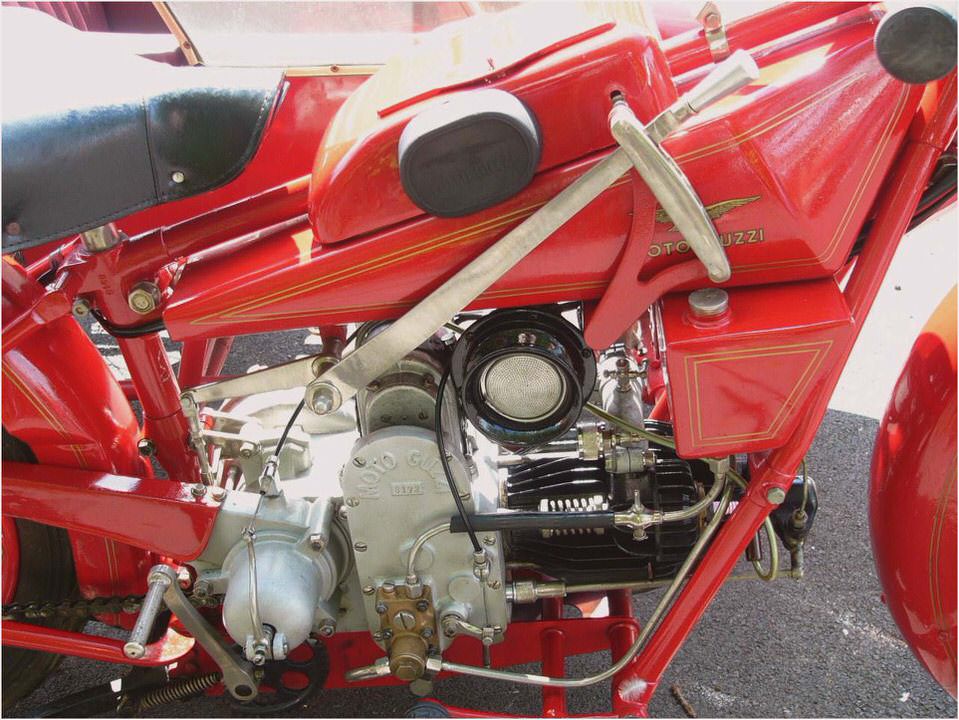
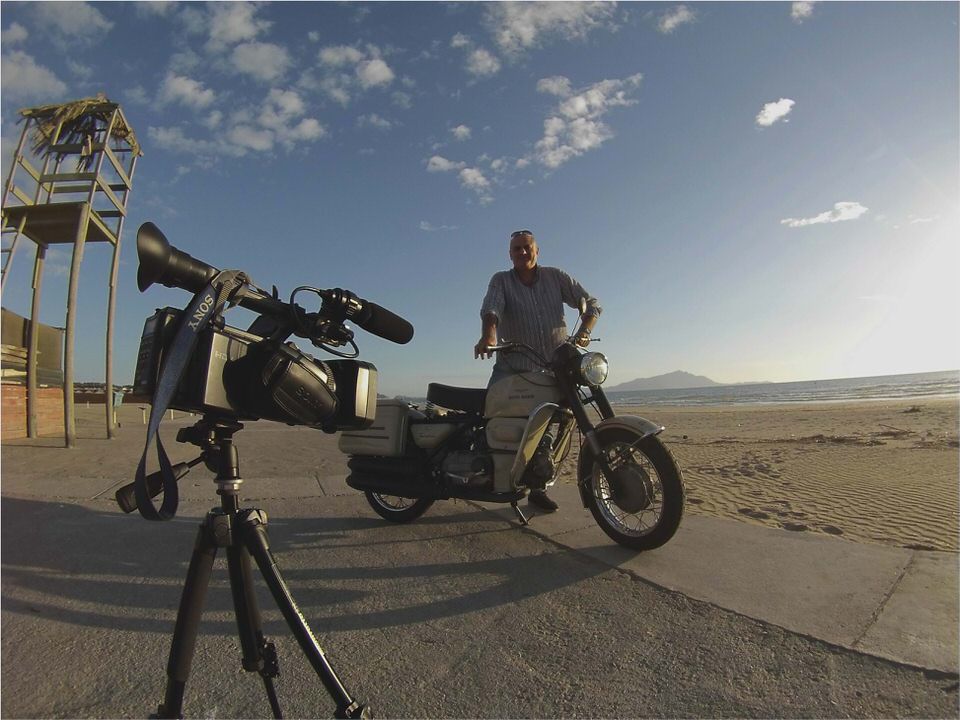
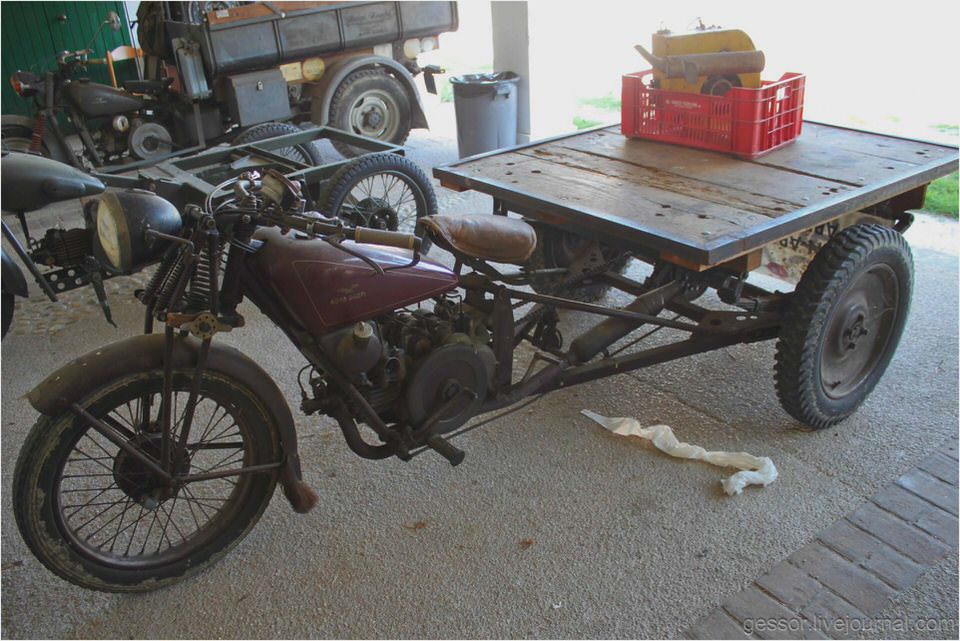
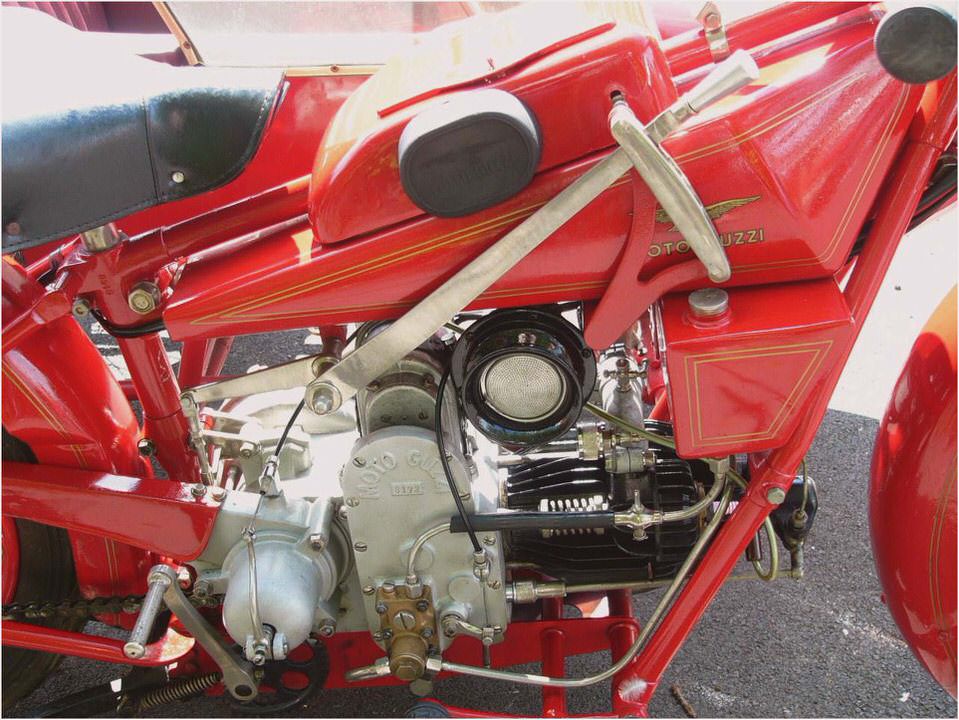
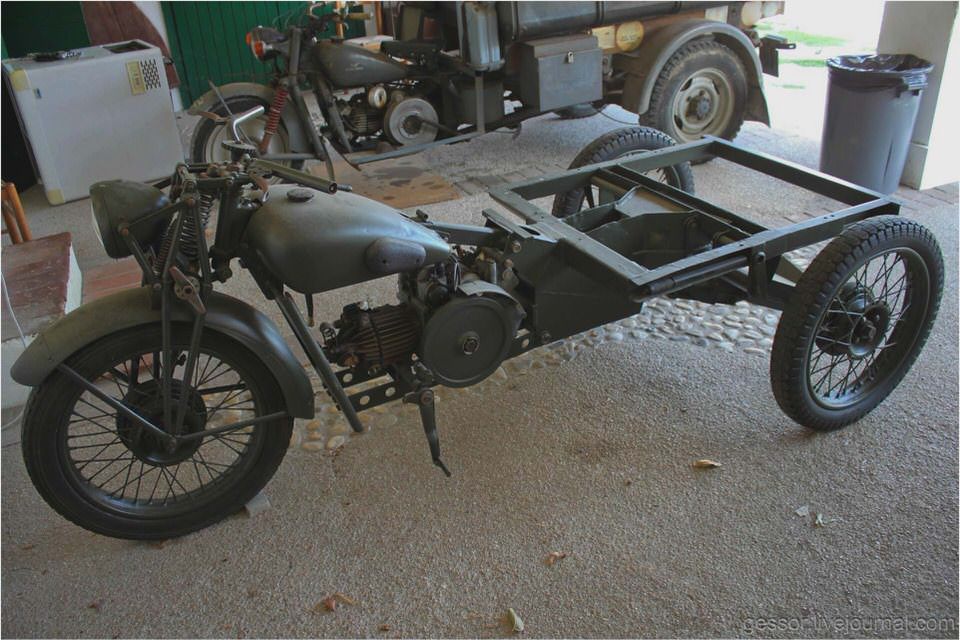
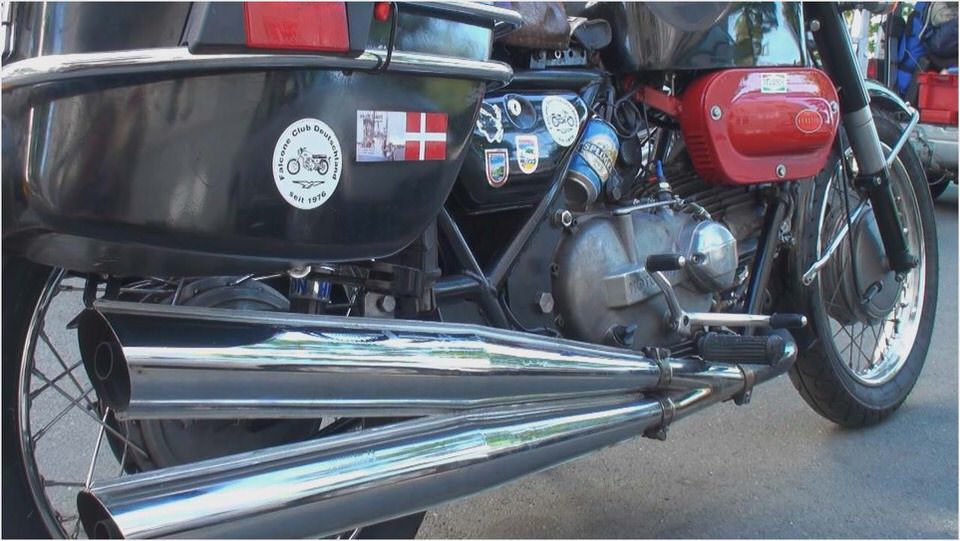
- 2011 Moto Guzzi Norge 1200 GT 8V Review –
- Moto Guzzi
- Driven in SA: Maserati Quattroporte – IOL Motoring IOL.co.za
- 2008 Moto Guzzi Stelvio Review –
- The Story of Squadra Guzzista – Moto Guzzi World Club
